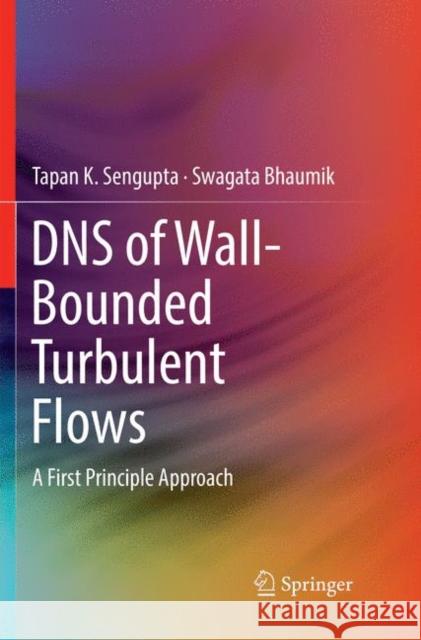DNS of Wall-Bounded Turbulent Flows: A First Principle Approach » książka
topmenu
DNS of Wall-Bounded Turbulent Flows: A First Principle Approach
ISBN-13: 9789811343155 / Angielski / Miękka / 2019 / 358 str.
DNS of Wall-Bounded Turbulent Flows: A First Principle Approach
ISBN-13: 9789811343155 / Angielski / Miękka / 2019 / 358 str.
cena 346,16 zł
(netto: 329,68 VAT: 5%)
Najniższa cena z 30 dni: 344,56 zł
(netto: 329,68 VAT: 5%)
Najniższa cena z 30 dni: 344,56 zł
Termin realizacji zamówienia:
ok. 20 dni roboczych.
ok. 20 dni roboczych.
Darmowa dostawa!
Kategorie:
Kategorie BISAC:
Wydawca:
Springer
Język:
Angielski
ISBN-13:
9789811343155
Rok wydania:
2019
Dostępne języki:
Ilość stron:
358
Waga:
0.56 kg
Wymiary:
23.39 x 15.6 x 2.08
Oprawa:
Miękka
Dodatkowe informacje:
Wydanie ilustrowane











